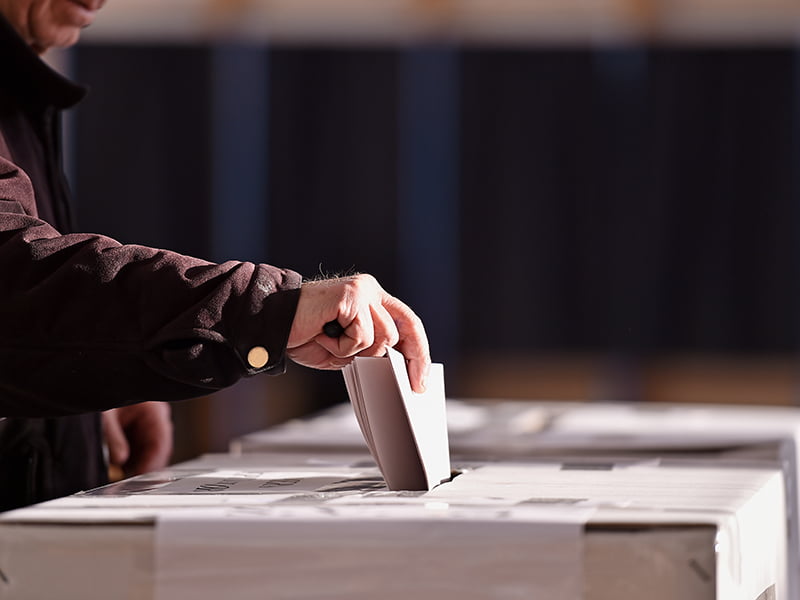The revival of internet voting for blind and low vision voters in New South Wales is underway, with the government agency in charge of state elections now scouring the market for solutions to succeed iVote.
The NSW Electoral Commission (NSWEC) on Friday kicked off its search for a new off-the-shelf internet voting system for elections that could be used by as many as 4,000 blind or low vision voters during the 2027 state election.
The Request for Information (RFI) will be used by the agency to inform planning for the potential re-introduction of online voting for the cohort, after a wider expansion to other votes was ruled out in a review last year.

The review of technology-assisted voting (TAV) was prompted by technical glitches with the former online voting system, iVote, that saw constituents unable to vote during the 2021 local government election.
Despite being introduced exclusively for blind and low vision voters in 2011, a series of changes to iVote’s eligibility, including in response to the pandemic, meant that more than 600,000 people used it to cast a ballot in 2021, making the election the largest internet voting event in Australia’s history.
The final review report, released in November, concluded there was “no sound basis on which to contemplate a large-scale program of TAV in NSW in the short-term” due to the risk of compromising electoral integrity.
But Electoral Commissioner John Schmidt proposed a resumption of online voting for blind or low vision voters from 2027, contingent on the availability of a solution, funding from the state government and legislative reforms.
It follows heavy criticism from Vision Australia, who described the decision to abandon iVote as a “violation of rights” that has “increased systemic discrimination and the negative impact of exclusion from participation in a key aspect of civic life”.
In issuing an RFI, the NSWEC has begun that process, with a business case to be submitted for potential funding approval in July 2024 followed by a future procurement in the first half of next year.
The Commission has asked prospective providers to “provide information about how their solution provides an internet voting service for electors who are blind or have low vision”, including compatibility with assistive technology.
It has asked for additional information about how a solution might cater for other electors, but stresses the current proposal is “for a possible limited re-introduction of internet voting only for electors who are blind or have low vision”.
“The NSWEC is seeking to engage with industry to undertake strategic dialogue with the market to ascertain the availability, suitability and viability of a potential internet voting solution for use by electors who are blind or have low vision at the 2027 SGE,” the RFI states.
“Additional information about other elections, including state by-elections (SBEs), local government elections (LGEs) and local by-elections (LBEs), has also been requested to assist with future planning.”
The proposed solution will be required to cover off election management, registration, vote casting, vote management, verification, vote mixing, vote decryption, vote recording, and election assurance and reporting.
The provider will need to consider, either partially or in full, compliance the 11 principles for an Australia internet voting service agreed to by the Electoral Council of Australia and New Zealand in July 2017.
One of the principles requires “independent review of the internet voting system source code and may require public source code publication”. iVote source code was opened to inspection by Spanish vendor Scytl before and after election from 2019 onwards.
Do you know more? Contact James Riley via Email.

